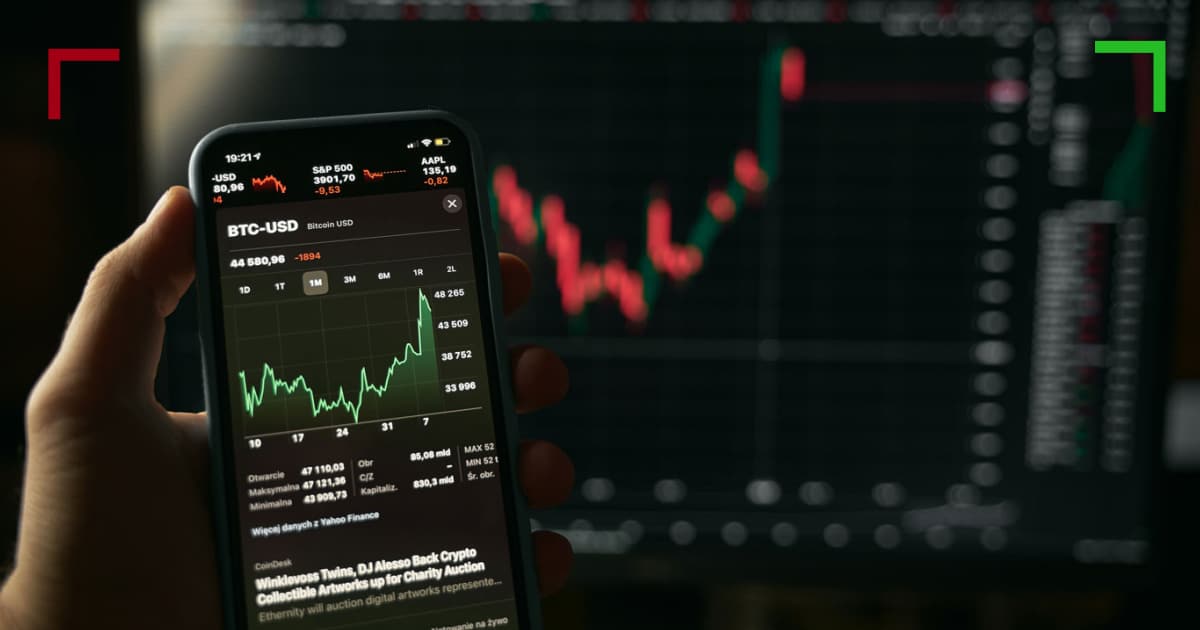Essential Crypto Trading Indicators for Successful Investment

Essential Crypto Trading Indicators for Successful Investment
In the fast-paced world of cryptocurrency trading, understanding and utilizing various trading indicators is crucial for making informed decisions. These indicators serve as tools for traders, helping them to analyze data patterns and predict future movements in the market. In this article, we will explore some of the most effective crypto trading indicators that can enhance your trading strategy. For a deeper discussion on trading strategies, visit Crypto Trading Indicators https://forum.finanzen.net/forum/thread?thread_id=195614&page=52.
1. Moving Averages
Moving averages (MA) are one of the most commonly used indicators in crypto trading. They help to smooth out price action and filter out market noise. There are two main types of moving averages: Simple Moving Average (SMA) and Exponential Moving Average (EMA).
The SMA calculates the average price over a specific number of periods, while the EMA gives more weight to recent prices, making it more responsive to new information. Traders often use moving averages to determine the trend direction or to identify potential entry and exit points.
Types of Moving Averages
Traders typically use two moving averages: the short-term MA for quick trades and the long-term MA for overall trends. A common strategy is the “crossover,” where traders look for points where the short-term MA crosses above or below the long-term MA. This can signal potential buy or sell opportunities.
2. Relative Strength Index (RSI)
The Relative Strength Index (RSI) is a momentum oscillator that measures the speed and change of price movements. It ranges from 0 to 100 and is used to identify overbought or oversold conditions in the market. Generally, an RSI above 70 indicates that an asset may be overbought, while an RSI below 30 suggests it may be oversold.
Traders often use the RSI in conjunction with other indicators to avoid false signals. For instance, if the RSI indicates overbought conditions while the price continues to rise, traders might look for a divergence in price trends to make more informed decisions.
3. Bollinger Bands
Bollinger Bands consist of a middle band (SMA) and two outer bands that represent price volatility. The distance between the bands expands and contracts based on market conditions. When the price moves outside the bands, it can signal that a price correction or reversal may happen soon.
Using Bollinger Bands helps traders to identify periods of high and low volatility, allowing for better timing in making trades. This indicator is particularly effective during sideways markets when rapid price shifts can lead to trading opportunities.

4. MACD (Moving Average Convergence Divergence)
The Moving Average Convergence Divergence (MACD) indicator helps traders identify momentum, trend direction, and potential reversals. The MACD consists of two moving averages: the MACD line and the signal line. When the MACD line crosses above the signal line, it may indicate a buy signal. Conversely, a cross below the signal line may hint at a sell signal.
Additionally, the MACD histogram can provide insights into the strength of these signals. A growing histogram suggests increasing momentum, while a shrinking histogram indicates weakening momentum.
5. Volume Indicators
Volume indicators are vital for confirming the strength of price trends. A rising price accompanied by increasing volume suggests a strong trend, while rising prices with declining volume may indicate an impending reversal. The On-Balance Volume (OBV) is a popular volume indicator that measures buying and selling pressure. It helps to identify whether volume is supporting price movements or signaling potential reversals.
Importance of Volume Analysis
Understanding the relationship between volume and price can provide valuable insights. For instance, if prices rise but the volume is low, it might indicate a lack of conviction among traders. Conversely, high volume during a price increase can suggest strong buying interest, validating the upward trend.
6. Fibonacci Retracements
Fibonacci retracement levels are horizontal lines that indicate potential support and resistance levels based on the Fibonacci sequence. Traders use these levels to identify possible reversal points after a price movement. The key Fibonacci levels are 23.6%, 38.2%, 50%, 61.8%, and 100%.
When a cryptocurrency price retraces to these levels, traders often watch for reactions that could suggest a continuation or reversal of the trend. Combining Fibonacci retracement levels with other indicators can provide added confirmation for trade entries and exits.
Conclusion
Crypto trading indicators are invaluable tools for traders seeking to navigate the volatile cryptocurrency market. By understanding and applying indicators such as moving averages, RSI, Bollinger Bands, MACD, volume indicators, and Fibonacci retracements, traders can enhance their strategies and improve their chances of success.
However, it’s essential to remember that no single indicator is foolproof. Successful trading often involves using a combination of indicators and analyzing market conditions to make informed decisions. As the crypto market continues to evolve, staying informed about various trading indicators and their applications will be critical for any trader looking to thrive in this dynamic landscape.
